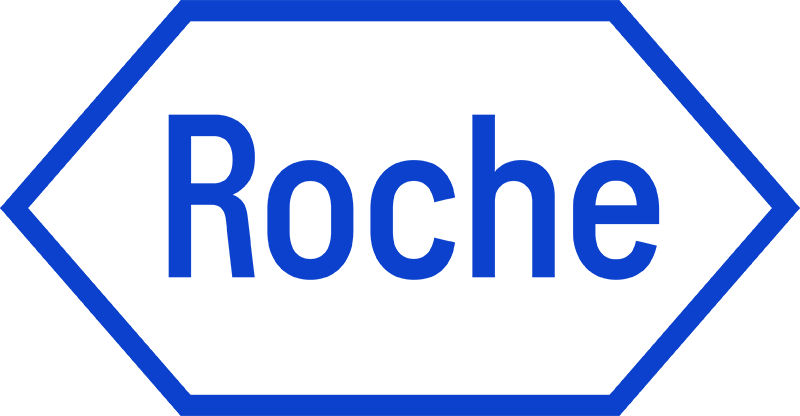Accurate sequence information is essential to the design of the primers and probes that are critical to the success of polymerase chain reaction (PCR) assays and Real-Time PCR. The continuing genetic evolution of viral genomes is therefore a significant challenge for PCR assays.1 In fact, monitoring and responding to viral sequence changes is essential for companies that produce—and want to keep producing—effective assays. It should be no surprise to anyone then that Roche Molecular Diagnostics, a pioneer in PCR technology, is also a global leader in monitoring viral sequence changes.2
A decade at the forefront
In 1998, at the International AIDS Conference in Geneva, Roche inaugurated the Global Surveillance Program.2,3 Initially designed solely to monitor changes in the HIV-1 genomic sequence, the program and its database have since expanded to include thousands of genomic sequences for multiple viruses, including HCV, HBV and WNV, in the world’s most relevant geographic regions.4
The program’s efforts and many achievements have played a monumental role in helping to maintain, and improve, the reliability of molecular assays. Innumerable researchers, physicians and patients around the world have benefited as a result.2,4
Leveraging initiative and collaboration
The Global Surveillance Program is not alone in its mission. Instead, the program has leveraged Roche’s extensive resources and those of other entities in fruitful, synergistic collaborations. For example, the Global Surveillance Program regularly accesses important public databases based both in the United States and in other countries. These include, but are not limited to, those of the Los Alamos National Laboratory and the National Institute of Health’s GenBank database.4 In addition, collaborations with researchers worldwide further augment Roche’s storehouse of sequence information. And sequences are shared with all investigators, optimizing the value of the enterprise for everyone.4
Exhaustive process, exceptional rewards
The sequences obtained due to the efforts of the Global Surveillance Program are carefully preserved and archived through a rigorous process.4
- After Roche receives clinical samples, sequences containing the assay target regions are typically amplified and sequenced.
- The sequences are sorted by genotype and/or subtype.
- The sequences are aligned to assay primer and probe sequences. Differences are noted and enumerated.
- Similar alignments are performed using sequences downloaded from public databases.
- Information from these alignments is used to predict the performance of assays and aid in the design of future assays.
The result is continuous analysis and improvement, leading ultimately to better diagnostics, better prognostics and better disease management.
Creating standards and strategies for the future
Roche’s Global Surveillance Program is designed to make a positive, lasting impression on the field of molecular diagnostics in many ways. One is by facilitating epidemiological investigations that help identify trends responsible for the spread of infection. Another is by building on ongoing collaborations and continually pursuing new ones. And Roche always continues to broaden its own database. Among efforts currently under way are those to expand sample acquisition in Europe, South America, Africa and Asia.4
As a clear example of the program’s success, several important products have benefited in terms of design and development from Global Surveillance Program input. These include:
Surveillance Program input. These include:
- COBAS® AmpliPrep/COBAS® TaqMan® HIV-1 Test, v2.0
- COBAS® TaqMan® HIV-1 Test, v2.0 For Use With The High Pure System2
In fact, the Global Surveillance Program is an integral part of Roche Molecular Diagnostics product development at multiple points in the process, including research and development, regulatory submission and post-launch support.4
The Global Surveillance Program is a powerful example of Roche’s unique and robust commitment to the researchers, physicians, and patients working to fight disease and maintain health around the world. As the demands of their mission are constantly evolving, so are we. We are committed not only to keep pace, but to lead.


